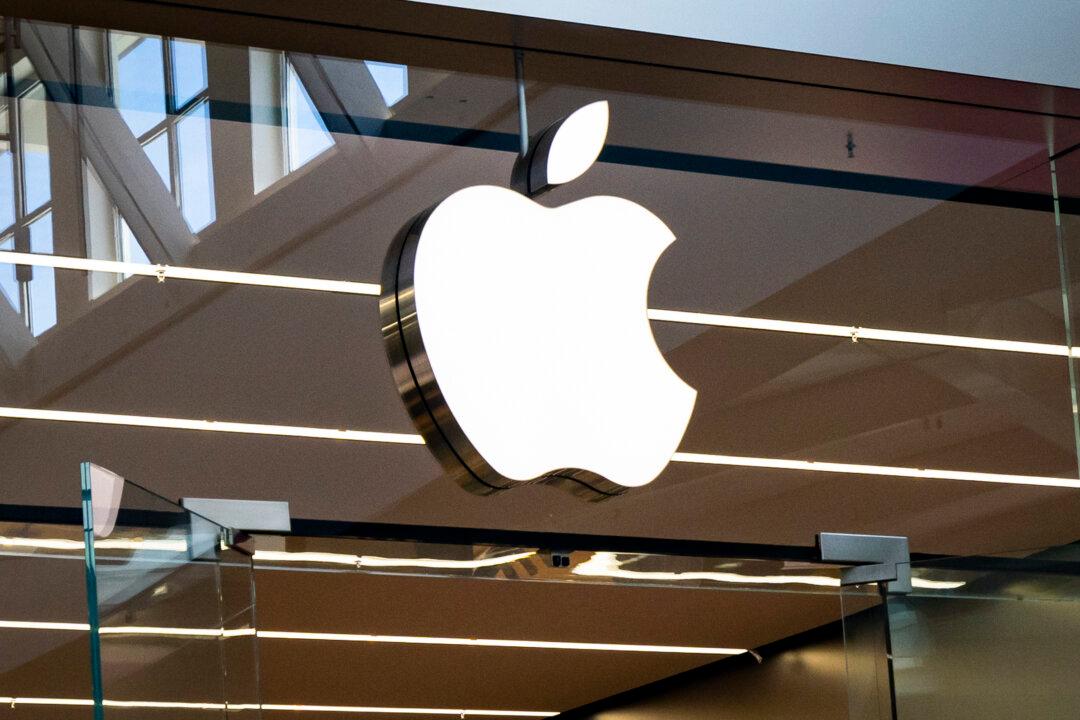The U.S. economy is showing signs of softening, including weakening of the labor market, declining price pressures, some pullbacks in consumer spending, and slowing loan demand, according to the Federal Reserve’s Beige Book, which dovetailed with other recent data hinting at a slowdown.
Economic activity maintained a slight to modest pace of growth in seven of the Fed’s 12 districts during the latest reporting cycle, per the Beige Book report, which was released on July 17. However, three more districts than in the prior cycle reported flat or declining activity, suggesting that the U.S. economy has been losing some of its strength.





